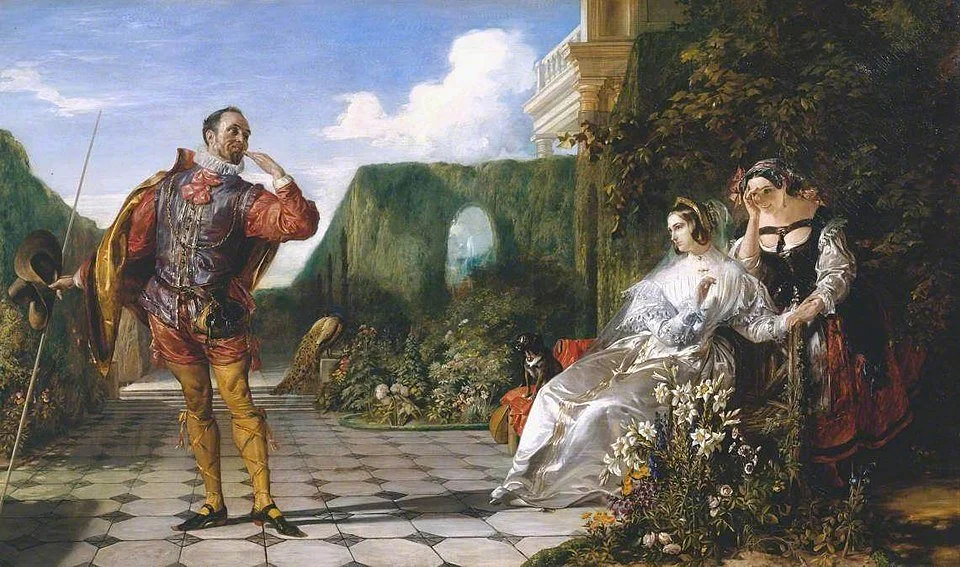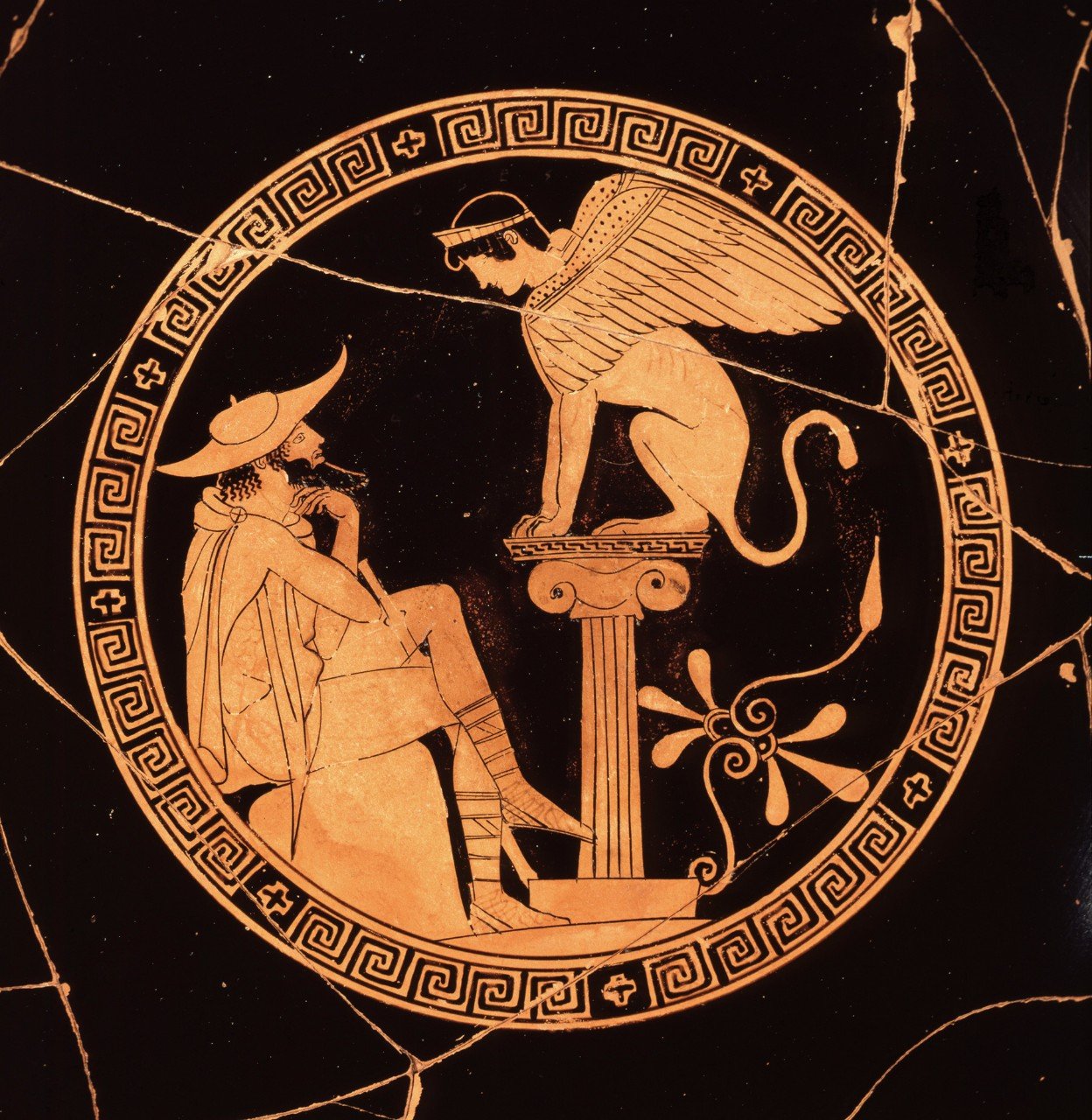What is Authorial Intent?
You may have heard your teachers speaking about authorial intent, views and values, playwright or director’s intentions or even the author’s messaging. These all are referring to what the author could be saying about core ideas within their creation to either their original intended audience or us, the modern and current audience.
Now, what you may be thinking is, ‘how am I meant to know that?’ Well, most students can pick out the authorial intent without even realising.
Why does Authorial Intent exist?
Before we explain how to find it and how to talk about it in your essays, it is important to understand why it is there.
When any creator creates something, especially something to be engaged with by society, there is a communication occurring - the creator is speaking to consumers. Creators fill their creations with various thoughts and opinions about certain topics, and often, they are relevant to the context in which they are creating and the world they create.
Let’s think about the most popular Unit 3/4 text, ‘Sunset Boulevard’ by Billy Wilder. This film premiered in 1950. The years before this time were filled with global events, namely World War 2, and followed by a post-war America that was rife with change. Some of these changes included more women in the workforce, a steady introduction to television and the transition from silent movies to the ‘talkies'. Now, if we also consider our director and do a little bit of research on him, we discover that he often critiqued Hollywood and the film-making industry. All this context will help us understand not only what he wanted to communicate but also how he did so to his contemporary (1950s) audience.
Authorial Intent as Lessons
Now, let’s get back to how to spot what a creator may be saying to their audience. One way to think about it is ‘lessons’ that we are being taught, such as the stories we were told and watched as children. Pinocchio and the boy who cried wolf taught us not to lie, Shrek showed us that beauty is within, and Inside Out revealed that feelings and emotions play an important role in who we are as people. Trust me, you are better than what you think at finding messages in creations.
Let’s go through some Unit 3/4 examples:
‘Sunset Boulevard’
Example: Norma’s intense attention on her appearance in preparation for the alleged creation of her script, Salome.
Potential Messaging: The dangerous consequences of beauty expectations and the pressure to remain young.
‘Twelfth Night’
Example: The prank on Malvolio and the ‘notorious abuse' he faced after he angered Sir Toby, Maria, Sir Andrew and Fabian.
Potential Messaging: The punishment for attempting to assert oneself over others when it is undeserving.
‘We Have Always Lived in the Castle’
Example: The mob mentality of the village in attacking the Blackwood home while it was on fire.
Potential Messaging: The thin line between community disdain and violent attack.
How do I write Authorial Intent?
Here is a simple formula which can be altered to suit your sentence:
Creator’s name + analytical verb + messaging
E.g. Jackson cautions her audience of the ease with which one may cross the line between community disdain and violent attacks.
WARNING
A common mistake that students make is that they think they are engaging with authorial intent, but what they are really doing is placing the creator’s name in their analysis and calling it a day. Authorial intent is not about what the creator thinks of the individual character and their actions; it is about an idea or opinion that we, the audience, may take on.
This, for example, is not authorial intent:
Shakespeare critiques Malvolio for his attempts to rise in status.
How do you fix this issue?
While it may be true that Malvolio is being critiqued, what are we, the audience, meant to do with it? What is the point of learning about one character’s issues without attempting to extract what we are meant to learn about issues within ourselves or society? So let’s turn that example around:
E.g. Through the punishment of Malvolio via the ‘notorious abuse’ he endures, Shakespeare warns of the consequences of attempting to assert oneself over others when it is undeserving.
Now this one anchors the character and analysis, and reveals what the message is to the audience.
Some special cases to consider
There are some special texts where you can think about this authorial intent in a much more specific way. If your text was created for a vastly different audience than the one we are in today, then you can separate the audiences. Here are two examples:
‘The Memory Police’
by Yoko Ogawa was originally written in Japanese in 1994. In this case, what Ogawa was thinking when she was writing was not teenagers in Australia but rather the world she and her text existed in. Therefore, any potential commentary she may be relaying could be specific to Japanese culture, such as the cultural ethos of ‘shikata ga nai’ (it can’t be helped), which is about accepting what cannot be changed. In this case, you’d specify that this intent was for her contemporary audience.
‘Oedipus the King’
by Sophocles, which was written originally in Ancient Greek in 429 BCE. Now that is a vastly different audience than us today. The Ancient Greeks, for example, viewed religion differently, whereby their Pantheon had power that could not be questioned, and the hierarchy of society included complex dynamics between humans and gods. What Sophocles meant for them may not be fully translatable to us; therefore, some authorial intent comments may be much more relevant if you specify which audience.
NOTE: You can differentiate between audiences by using ‘contemporary’ for the audience of the time of the text’s creation and ‘modern’ for us, today.
How often do you need to include Authorial Intent?
Well it varies depending on your goals and the score you are hoping for but…
Aim for a couple of mentions per paragraph. An easy way to include it is in your Topic Sentence and your Linking Sentence.
Ideally, we are also including it in our rounds of analysis. Think TEEL + A = TEEAL. So Topic Sentence, Evidence, Explanation, Authorial Intent (repeat necessary), and finally Linking Sentence.
Here are the key takeaways for Authorial Intent
Authorial intent is about the intentional messages and lessons that a creator is trying to convey to their audience/s
The context and world of the text play an important role in understanding authorial intent
For an effective authorial intent, the creator must be centred in your analysis
Authorial intent is about the analysis of views and values, not the analysis of a specific plot point or character
Easy formula for writing Authorial Intent: Creator name + analytical verb + messaging
Aim to include minimum 2 mentions of Authorial Intent per paragraph





